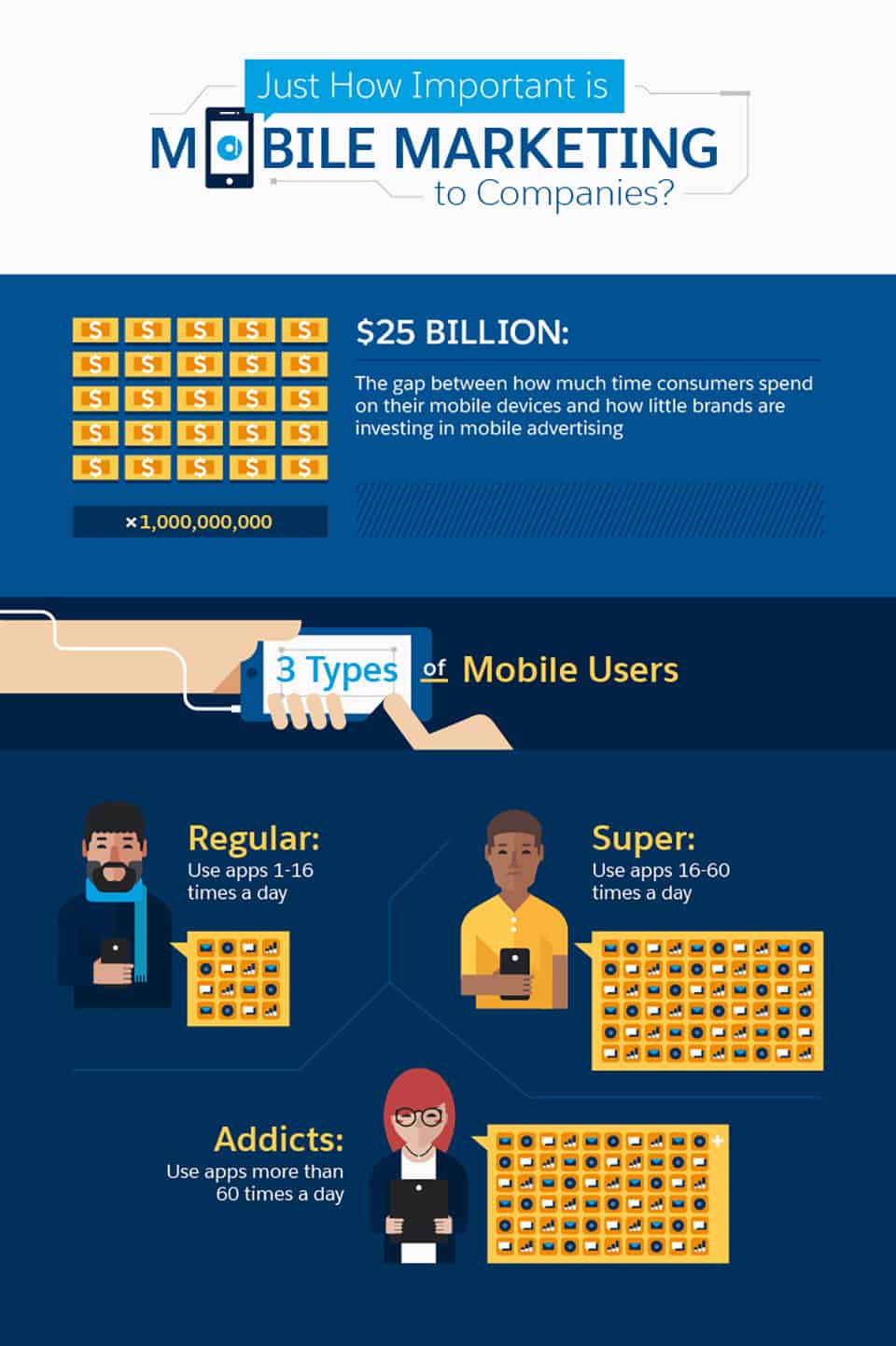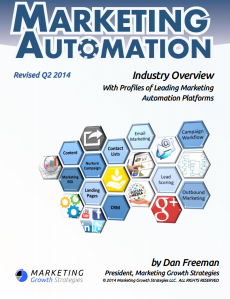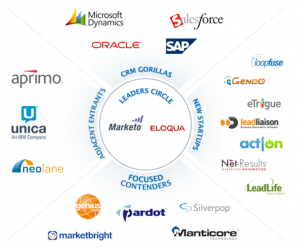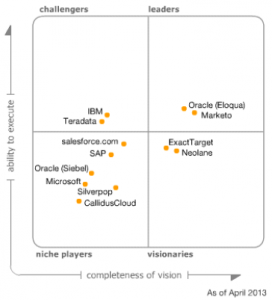Akkroo Acquired By Integrate for $34M
I’ve been thinking about the news I heard last Thursday, April 4th 2019, that a company called Integrate acquired Akkroo for $34M. Consolidation in the martech space is nothing new. In our six years in business, we’ve seen it happen over and over again, Oracle acquiring Eloqua, Upland Software acquiring LeadLander, Adobe acquires Marketo…the number of acquisitions goes on and on. Just look at the list of recent acquisitions on MarTech Today. As you scroll through, I bet you’ll recognize a few companies that were acquired. Then, you’ll murmur “I was wondering what happened to them”. Give it some time, and I’m betting you’ll say the same thing with this acquisition. I’ve never been one to be shy about comments. I’m not letting my thoughts marinate any further, and wanted to share a pragmatic view, as well as a dogmatic and slightly cynical one, and say congrats to Integrate and Akkroo. You’re going in the right direction.
Pragmatic View
Brand dilution wasn’t my first thought after hearing the news. Instinctively, I thought – “how does this change our company?” The answer – it doesn’t change it, it helps it. The news about Integrate acquiring Akkroo only validates what Lead Liaison has been doing since the infancy stages of our business. We’ve been developing a sales and marketing solution that unifies top-of-funnel lead capture, converts leads, closes deals, and helps retain customers. Don’t believe, check our home page. We’ve had the “Attract, Convert, Close, Retain” message on our home page forever. So long that we even branded that on the back of our company t-shirts – no joke.

As I further dwell on the acquisition, I read that in January 2019 Integrate announced it acquired ListenLoop to grow its set of tools and solutions for account-based marketing (ABM) advertising. We unveiled Lead Liaison’s ABM solution in late 2017 with resounding cheers from our client base.
The news also reinforces the investment Lead Liaison has been making to simplify event lead management for the entire event tech space. B2B companies are spending more money on events as they recognize the impact that trade shows and other corporate events have on their top line. In fact, spend is on the rise as experts estimate 22% of a B2B company’s marketing budget is spent on events. Check out these 40 other shocking event marketing statistics. There’s no denying the event industry is becoming more high tech than ever and niche technologies will continue to be absorbed as event marketers demand more control and ownership over their event leads.
Rest assured, we’ve long understood the value of in-person events as a viable lead generation channel. We began our company as a tracking solution and evolved into a robust sales and marketing automation company that helps businesses grow at scale. Over the years, customers pushed us to add more capabilities and introduce marketing features and sales solutions, peppered with a high dose of automation. Establishing our roots in automation has given us a leg up over our competition for quite some time now. When we rolled out GoExhibit!, our solution for capturing and managing leads at events, it was a natural progression for our platform as trade shows and marketing events were yet another top-of-funnel channel too irresistible not to support.
Dogmatic and Slightly Cynical View
Akkroo pulled off a major heist of $34 million dollars with a promise to eventually modernize the Event Market. At Lead Liaison, we have been at the forefront of bringing better solutions to market since the infancy stages. We welcome the competition, but fear that the true losers of this endeavor will be the investors.
Let’s face it, we’ve seen this scenario play out a million times in technology. Big Brother (company A) buys company B and assumes they can force feed the new “solution” to their market at a greatly marked up cost. They throttle support in ways that only big companies know how to do and what was once a friendly relationship becomes very vendor-customer oriented. Customers will expect price increases at their next renewal.
What happens next? Investors start to think: we aren’t making as much money as we hoped when we overpaid for this company. What do they do next? They cut product development, and make another slash to support. Next thing you know, you are paying a premium for a product that looks just like it did three years ago…and nobody will answer your calls anymore unless it’s to tell you that a bill is due.
Congratulatory View
I feel honored to see other companies following suit as it further reinforces the direction of our company and justifies our continued growth. We’re incredibly proud of the fact that we’ve enhanced our solutions on our own, without needing to buy anything. Everything we’ve built is homegrown, from the ground up. Our customers benefit from this as they experience a fully integrated solution, with better support. Integrating companies is not easy.
So, while we congratulate those that got a nice cash in; we invite the existing customer base of Akkroo to learn more about Lead Liaison. Congrats to Integrate as well. Fully integrated solutions are the way to go.











